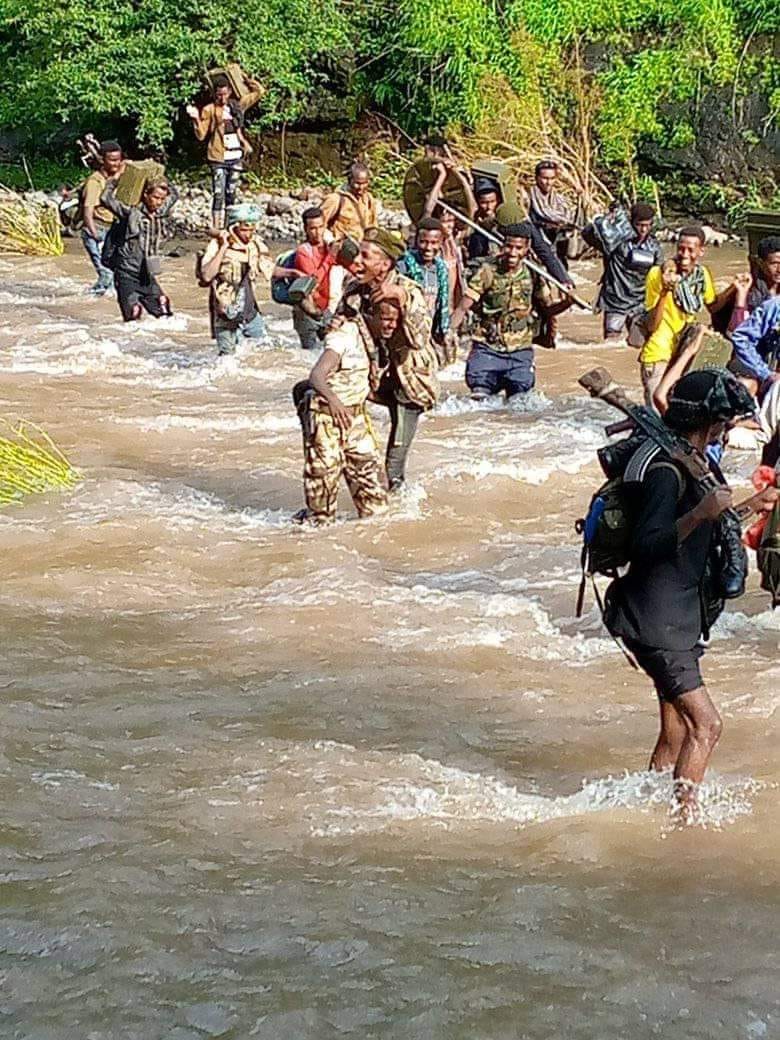
The rapid movement of the Tigray Defense force in recapturing Tigray and moving into the Amhara region is due to their successful understanding of fighting in the mountains during the rainy season. The Tigray-Ethiopian conflict is centered in Northern Ethiopia which for the most part is a very mountainous regions. From June through September especially in the mountains is the rainy season called Kiremt . It has been known for centuries that weather must play a role in how a war is fought if it is to be won. In 1917 the Harvard Climatologist, Robert Ward, wrote about the effect of weather on World War I being fought in Europe. He said “ war does not make the weather but weather does make the war”
The soldier must have weather protection, be able to move to contact the enemy efficiently , and have functional armament. He must be disciplined and trained to make difficult maneuvers. The added stress of fighting the elements as well as the enemy requires that the will to fight is present. The surrender of enemy forces now numbering over 30,000 to the Tigray Defense Force demonstrates this factor is with the Tigray Defense Force. The video attached shows the TDF marching on foot through a city near Lalibela in the cold rain. Many of the fighters do not have uniforms but they have multiple layers of clothing and rain gear which often the ENDF does not have.
The current rapid movement of the Tigray Defense Forces through the northern Amhara region is an example of military tactics made with weather in mind. Soldiers must be trained and equipped in a way that they can move through mountainous and often slippery terrain efficiently. During much of the year in Northern Ethiopia valleys and low points are dry but during the rainy season can be transformed to rivers. There are few good highways so often corridors of travel may be little more than a dirt path which can become so muddy that it becomes to difficult to even move in it.

The frequent rain and thunderstorms curtails the ability of the Ethiopian forces to move their troops by airplane or helicopter. It also makes it difficult to carry out airstrikes with any precision. The placement of artillery units becomes difficult because they get stuck in the mud or cannot be placed accurately. The Tigray Defense forces tend to move over mountain trails in unexpected directions making it difficult for the Ethiopian forces to pursue or track them in the weather.
Whilst the TDF moves on foot through mountains the ENDF prefers to use trucks on highways that are passable during the rainy season making it easy to guess where they will pass. They practice poor convoy management in their movement to contact which is why they are so often ambushed successfully by the TDF.

